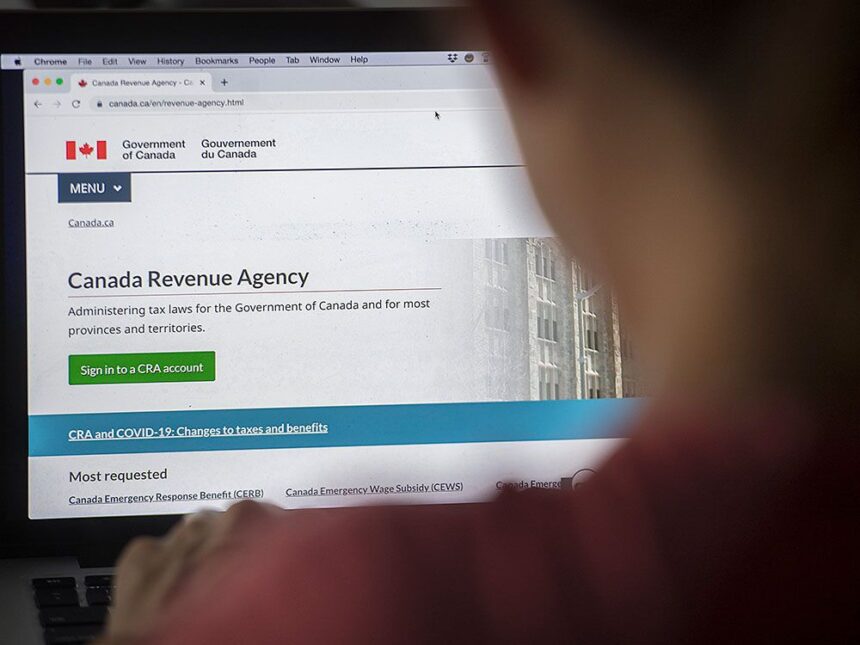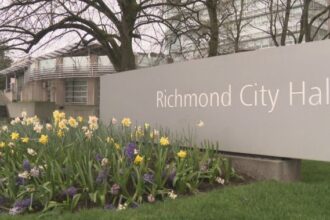The Canada Revenue Agency’s phone lines crashed again this tax season, leaving frustrated taxpayers on hold for hours or unable to connect at all. Despite receiving billions in additional funding and hiring thousands of new employees since 2021, the CRA continues to struggle with fundamental service delivery—raising serious questions about how effectively taxpayer money is being utilized.
“It’s become an annual tradition as predictable as tax season itself,” says Raymond Leclair, a tax specialist with over 25 years of experience. “Canadians try to reach the CRA for basic assistance, only to encounter busy signals, disconnections, or endless wait times. The difference now is that the agency has substantially more resources than ever before.”
In Budget 2021, the federal government allocated $2.1 billion over five years to the CRA for tax compliance activities, followed by another $2 billion in Budget 2023 to increase collections and improve services. This funding was meant to modernize systems, enhance digital services, and improve taxpayer experience—yet the problems persist and, in some cases, have worsened.
Internal documents obtained through Access to Information requests reveal concerning statistics. The CRA’s own performance metrics show that call center wait times averaged 72 minutes during peak periods this year, with approximately 40% of calls being disconnected before reaching an agent. Even more troubling, when audited for accuracy, CRA representatives provided incorrect information to taxpayers in nearly 23% of test cases.
The parliamentary budget watchdog recently conducted an analysis of the CRA’s enhanced funding, concluding that while the agency has hired approximately 7,500 new employees since 2021, productivity and service metrics have declined in multiple categories. “[The CRA] has significantly expanded its workforce without corresponding improvements in performance outcomes,” the report states.
Technology implementation has proven particularly problematic. The CRA’s IT modernization efforts, allocated $691 million in special funding, have faced repeated delays and budget overruns. Three major digital transformation projects remain incomplete, years behind schedule, with one system replacement already $78 million over budget.
“There’s a fundamental disconnect between resources and results,” explains Dr. Amelia Chen, public administration professor at the University of Toronto. “The CRA is receiving substantial funding but struggles with structural issues like outdated management practices, inadequate training programs, and poor technology integration.”
For taxpayers like Michael Okonjo, a small business owner from Calgary, the consequences are more than inconvenience. “I spent eight hours over three days trying to resolve a simple GST question. Eventually, I gave up and hired an accountant, which cost me $400 for something the CRA should have handled in minutes.”
Tax professionals report similar frustrations. “We’ve seen no improvement in response times or accuracy despite the agency’s increased resources,” says Diane Leblanc, president of the Canadian Tax Practitioners Association. “In fact, many of our members report that administrative errors have increased, creating unnecessary work for both taxpayers and practitioners.”
The CRA has responded to criticism by pointing to the complexity of tax administration and ongoing challenges from the pandemic. In a statement, CRA Commissioner Bob Hamilton acknowledged service issues but emphasized progress in digital filing options and the agency’s collection of billions in previously unpaid taxes.
Critics counter that while enforcement activities have increased, basic service improvements remain elusive. Conservative finance critic Jasraj Singh Hallan recently stated: “Canadians are paying more for worse service. The government keeps throwing money at the CRA without demanding accountability for outcomes.”
As the 2024 tax season continues, the contrast between the CRA’s expanded resources and its persistent service failures raises a crucial question: Will more funding and staff ever translate to better service for Canadian taxpayers, or is a more fundamental restructuring of the agency required?










